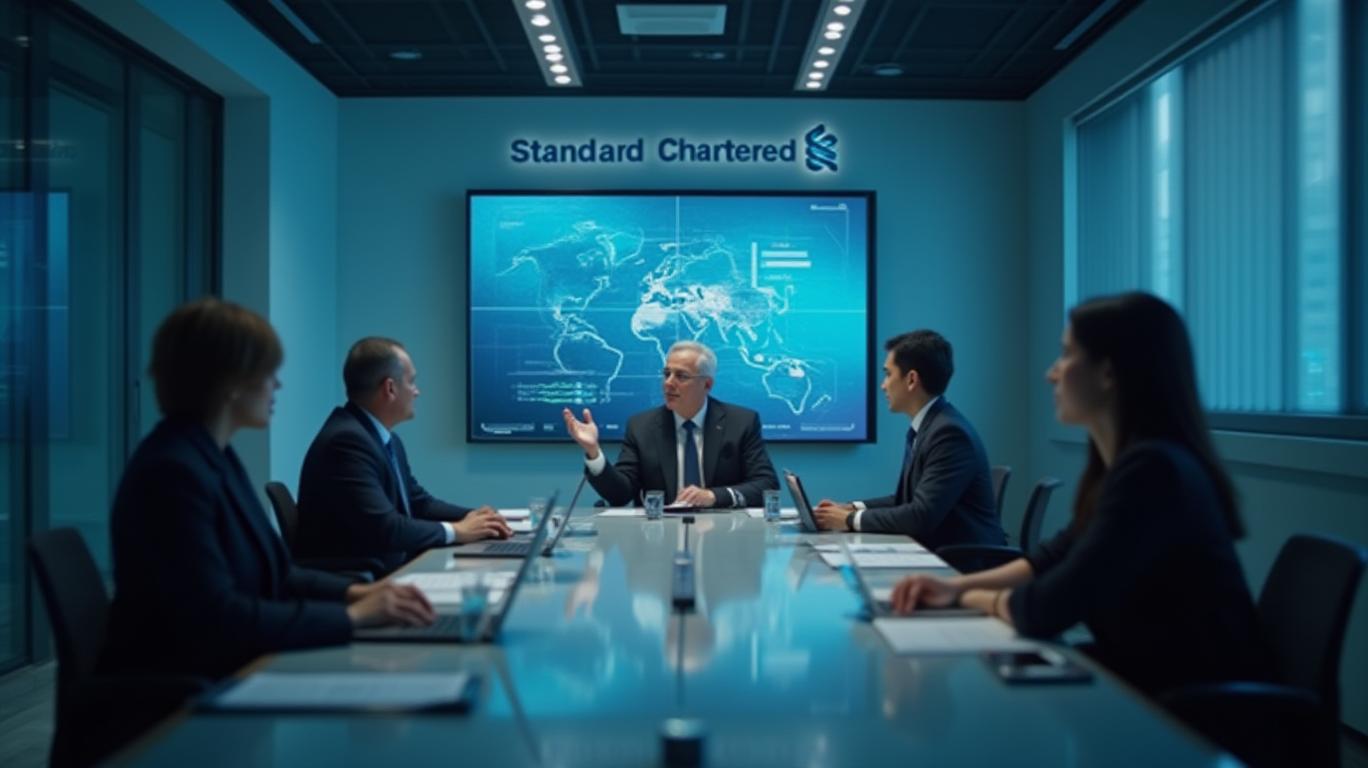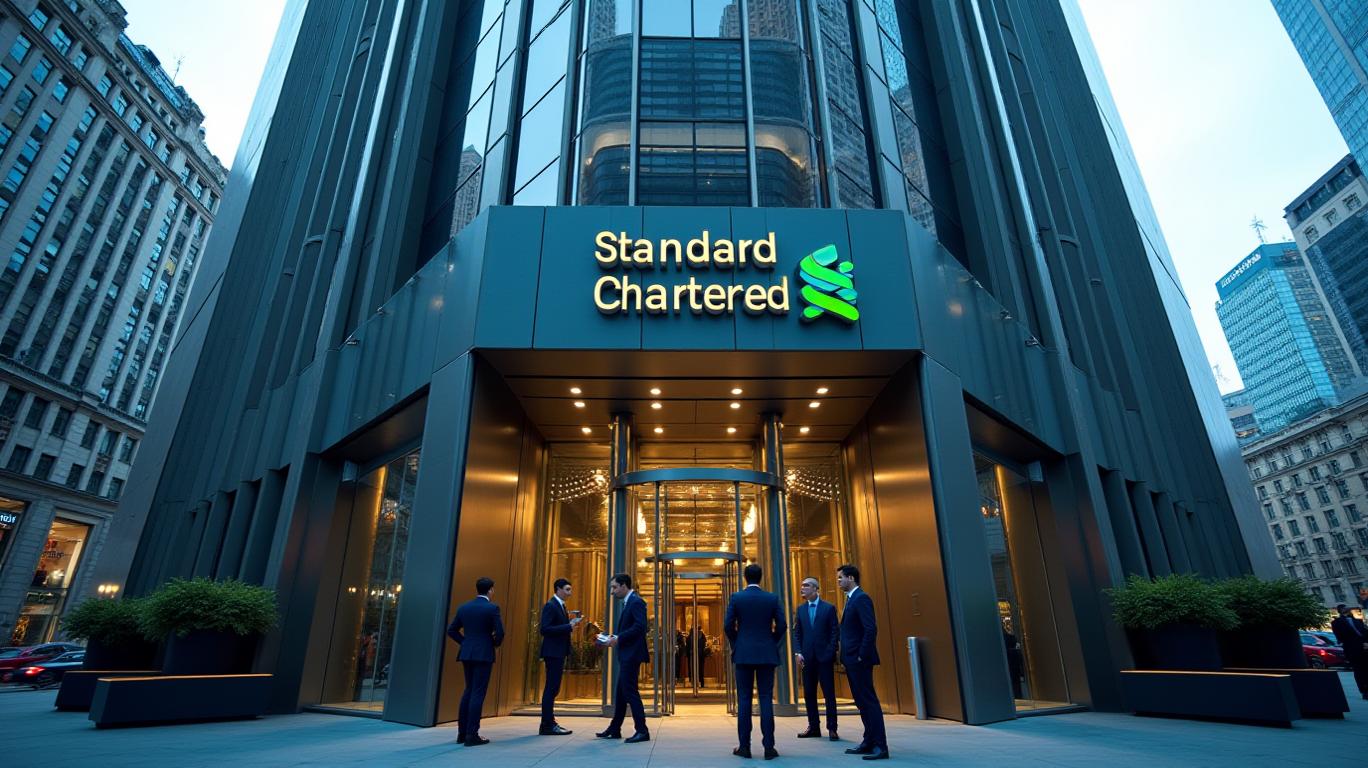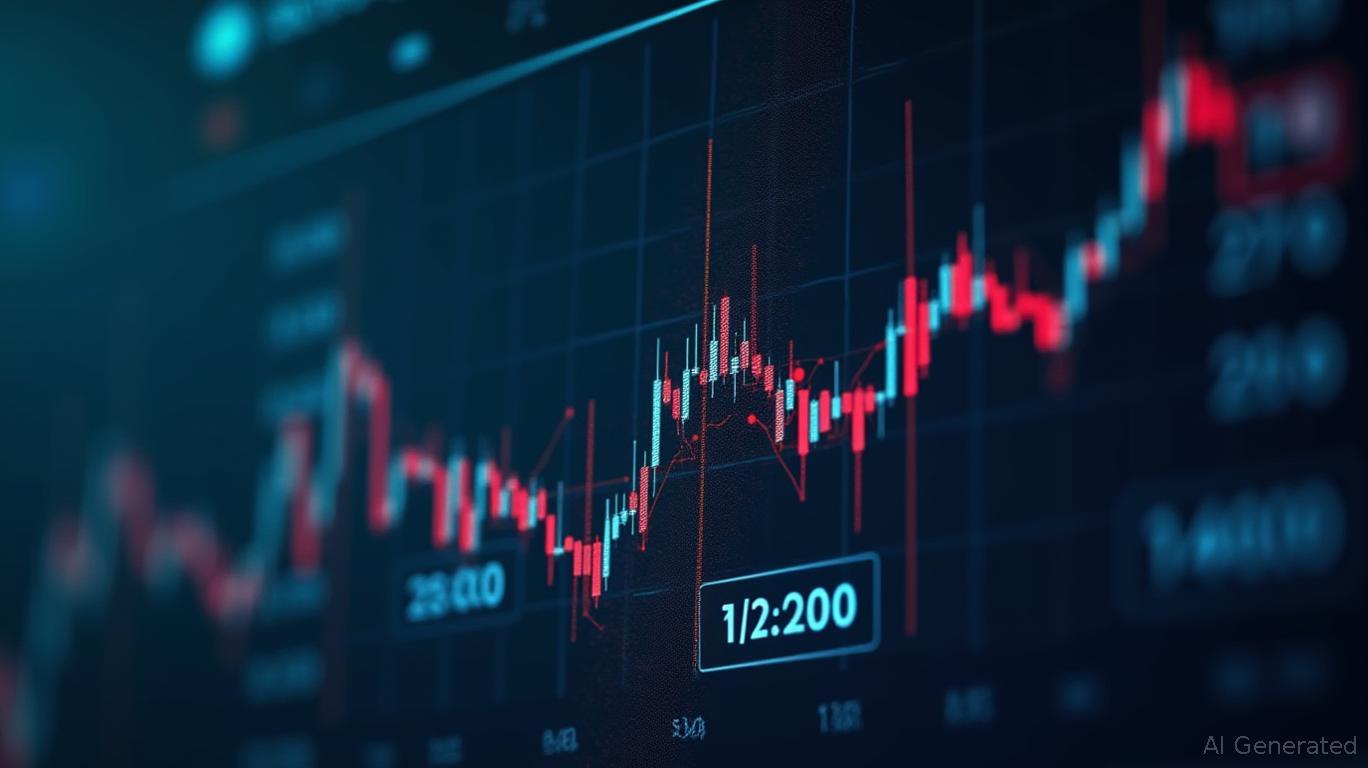Standard Chartered's Strategic Buyback: A Move to Boost Shareholder Value?
Standard Chartered (LON:STAN) has taken a notable step in its capital management strategy, repurchasing 1.2 million shares on other exchanges for £13.2 million on May 6, as disclosed in a Hong Kong Exchange filing. This move underscores the bank’s focus on returning capital to shareholders, but how meaningful is this action in the broader context of its financial health and market dynamics? Let’s dissect the numbers.
The Buyback in Perspective
First, the scale of this buyback must be contextualized against Standard Chartered’s total shares outstanding. As of April 2025, the bank reported 2.35 billion shares outstanding, a figure that has already decreased by 8.29% year-over-year and 1.79% quarter-over-quarter. The recent repurchase of 1.2 million shares—equivalent to just 0.05% of the total outstanding shares—is a small but symbolic gesture.
To assess its significance, consider two angles:
1. Share Count Management: The YoY decline in shares outstanding suggests Standard Chartered has been systematically reducing its equity base, likely through buybacks or buyout programs. This could aim to boost earnings per share (EPS) by reducing the denominator in the EPS equation.
2. Capital Allocation Priorities: With £13.2 million allocated to this repurchase, investors must weigh this against other uses of capital, such as growth investments, dividends, or deleveraging.
Financial Health and Buyback Viability
Standard Chartered’s decision to proceed with a buyback hinges on its financial resilience. The bank’s shares outstanding figure, tied to its April 2025 balance sheet, implies robust capital management. A -8.29% YoY reduction in shares is substantial, suggesting prior buybacks or share cancellations. However, investors should scrutinize:
- Profitability: Has Standard Chartered maintained stable or growing profits to justify returning capital?
- Liquidity: Does the bank hold sufficient cash or liquid assets to fund buybacks without compromising its risk buffer?
The £11 per-share cost of the May buyback (£13.2 million divided by 1.2 million shares) aligns with the stock’s recent trading range. If the share price is undervalued relative to its intrinsic worth, this repurchase could signal management’s confidence in its long-term prospects.
Market Dynamics and Investor Sentiment
Standard Chartered operates in a challenging banking sector, marked by geopolitical tensions, interest rate volatility, and regulatory pressures. A buyback in such an environment could be interpreted as a confidence-building measure for shareholders. However, the 0.05% share reduction is modest compared to peers like HSBC or Barclays, which have executed larger buybacks in recent years.
Critics might argue this is a “token” move, but supporters could view it as a starting point for a broader capital return program. The bank’s Q1 2025 results (released May 2) likely provided the catalyst for this decision, with metrics such as net interest income or cost efficiency being key drivers.
Conclusion: A Positive Signal, But Scale Matters
Standard Chartered’s May buyback is a positive signal for shareholders, demonstrating its commitment to capital discipline. The 8.29% YoY decline in shares outstanding since 2024 highlights a sustained effort to optimize equity, which could enhance EPS over time. However, the recent repurchase’s minimal impact on the total share count suggests investors should monitor for larger-scale buybacks or dividend hikes to gauge true shareholder friendliness.
Crucially, the bank’s ability to sustain buybacks depends on its profitability and liquidity. If Standard Chartered maintains robust earnings and navigates macroeconomic headwinds effectively, this move could mark the beginning of a meaningful value-creation strategy. For now, it’s a cautiously optimistic step—but one that requires patience and further execution to validate.
Investors should track Standard Chartered’s net interest margin trends, capital ratios, and future buyback announcements to assess whether this repurchase is a drop in the bucket or the start of a tidal wave of shareholder returns.


_442a2dcc1749832873286.jpeg)
_e68fac6d1749831664430.jpeg)






